Ensuring Workplace Safety with Custom-made Materials Handling Equipment
Date Posted:13 May 2024
As businesses continue to prioritize safety in the workplace, custom-made equipment will play an increasingly important role in achieving these goals and fostering a culture of safety and well-being.
Workplace safety is a top priority for Australian businesses across industries. From manufacturing plants to warehouses, ensuring the well-being of employees and minimizing the risk of accidents is paramount. In this pursuit, the role of materials handling equipment cannot be overstated. While standard equipment serves a purpose, custom-made solutions offer a proactive approach to addressing specific workplace hazards and ensuring a safe working environment.
Understanding Workplace Needs
Every workplace is unique, with its own set of challenges and hazards. Before implementing any safety measures, it's crucial to conduct a thorough assessment to identify potential risks. Custom-made materials handling equipment allows businesses to tailor solutions to their specific needs, taking into account factors such as layout, workflow, and the nature of materials being handled. By addressing these individual requirements, businesses can mitigate risks and enhance overall safety standards.
Advantages of Custom-made Equipment
The benefits of custom-made materials handling equipment are manifold. Unlike off-the-shelf solutions, custom-made equipment is precisely designed to meet the exact specifications of the workplace. This results in improved functionality, enhanced compatibility with existing infrastructure, and the integration of specialized safety features. From ergonomic designs that reduce strain on workers to innovative solutions for handling hazardous materials, custom-made equipment offers unparalleled versatility and effectiveness.
Addressing Ergonomic Concerns
Ergonomics plays a crucial role in workplace safety and employee well-being. Repetitive tasks and manual handling can lead to musculoskeletal injuries and long-term health issues. Custom-made materials handling equipment can be designed with ergonomic principles in mind, ensuring that tasks are performed in a way that minimizes strain on the body. By promoting proper posture and reducing the risk of injuries, ergonomic custom solutions contribute to a healthier and more productive workforce.
Compliance with Safety Standards
Australian workplaces are subject to stringent health and safety regulations. Custom-made materials handling equipment helps businesses ensure compliance with these standards by addressing specific safety requirements. Whether it's designing equipment to prevent falls, minimize the risk of crush injuries, or handle hazardous materials in accordance with regulations, custom solutions provide businesses with peace of mind knowing that they are meeting their legal obligations and protecting their employees.
Case Studies and Examples
Real-world examples illustrate the effectiveness of custom-made materials handling equipment in improving workplace safety. For instance, a manufacturing plant implemented custom-designed conveyor systems with built-in safety guards to prevent employees from coming into contact with moving parts. As a result, the number of accidents related to machinery decreased significantly, leading to improved safety outcomes and increased productivity.
Cost-effectiveness and Long-term Benefits
While custom-made materials handling equipment may require a higher initial investment compared to standard solutions, the long-term benefits far outweigh the costs. By reducing the risk of workplace accidents and injuries, custom solutions help businesses avoid costly medical expenses, worker compensation claims, and downtime. Moreover, the improved efficiency and productivity resulting from safer working conditions translate into long-term savings and a healthier bottom line.
Collaboration with Industry Experts
Designing and implementing custom-made materials handling equipment requires expertise and collaboration. Businesses can benefit from partnering with experienced manufacturers and suppliers who specialize in safety solutions. These industry experts can provide valuable insights, recommend appropriate equipment, and guide businesses through the design and implementation process. Furthermore, ongoing support and maintenance services ensure that custom solutions remain effective and reliable over time.
In conclusion, custom-made materials handling equipment is a valuable tool for Australian businesses seeking to enhance workplace safety. By addressing specific needs, integrating specialized safety features, and promoting ergonomic design principles, custom solutions help businesses mitigate risks, ensure compliance with regulations, and protect their most valuable asset—their employees. As businesses continue to prioritize safety in the workplace, custom-made equipment will play an increasingly important role in achieving these goals and fostering a culture of safety and well-being.
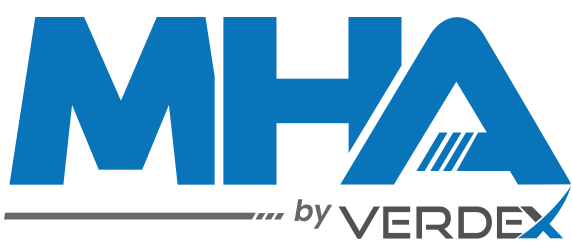
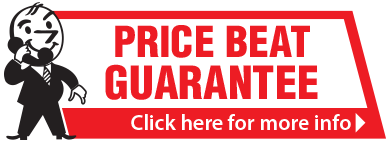

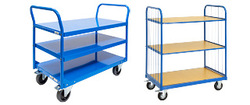

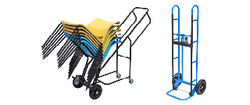


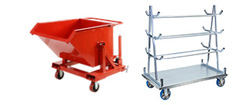
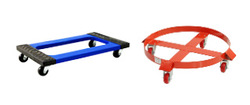
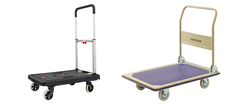
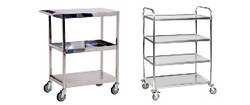

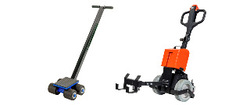
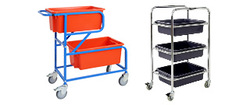
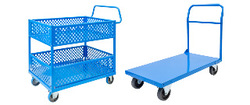
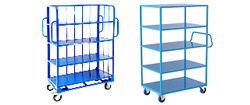
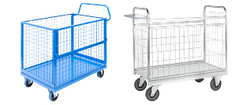
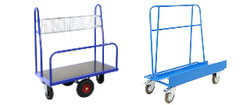
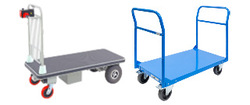
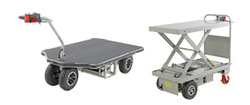
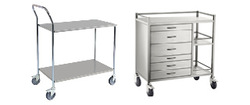
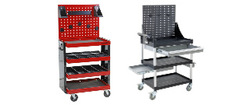
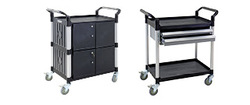
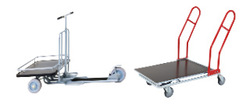
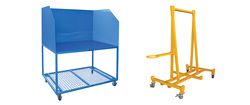



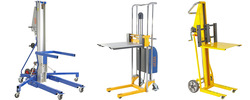



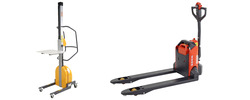
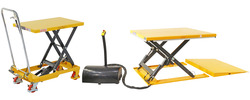
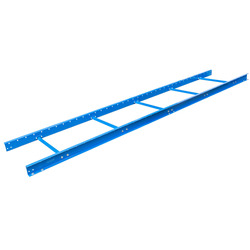
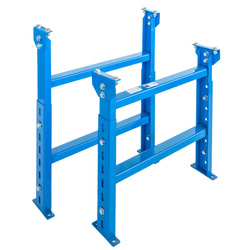

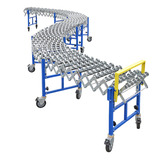



















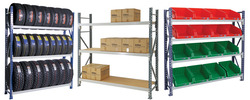
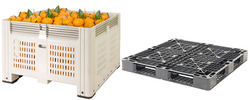
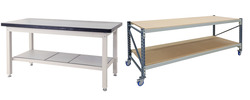
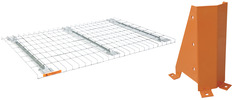
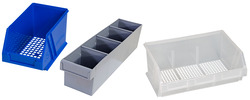

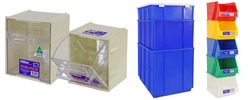

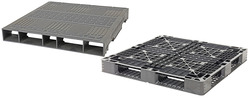
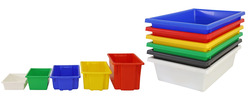
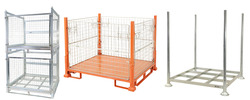

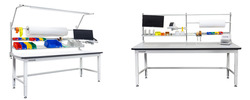

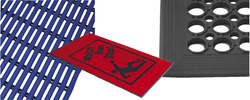
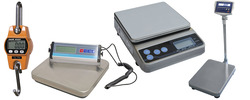



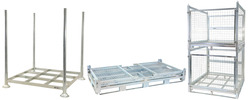
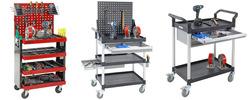
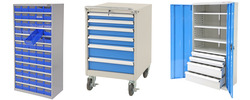
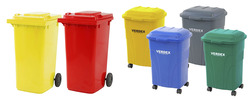
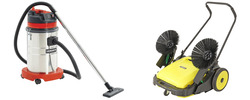





















































 Trolleys / Hand Trucks
Trolleys / Hand Trucks 2 Tier Trolleys
2 Tier Trolleys 3 Tier Trolleys
3 Tier Trolleys Aluminium Trolleys
Aluminium Trolleys Appliance & Hand Trucks
Appliance & Hand Trucks Cage Trolleys
Cage Trolleys Cleaning Carts & Trolleys
Cleaning Carts & Trolleys Construction Trolleys
Construction Trolleys Dollies
Dollies Foldable Trolleys
Foldable Trolleys Hospital Trolleys
Hospital Trolleys Laundry/Linen Trolleys
Laundry/Linen Trolleys Load Skates & Tow Tugs
Load Skates & Tow Tugs Mail / Office Trolleys
Mail / Office Trolleys Multi Purpose Trolleys
Multi Purpose Trolleys Multi-Tier Shelf Trolleys
Multi-Tier Shelf Trolleys Order Picking Trolleys
Order Picking Trolleys Panel Cart Trolleys
Panel Cart Trolleys Platform Trolleys
Platform Trolleys Powered Trolleys
Powered Trolleys Stainless Steel Trolleys
Stainless Steel Trolleys Tool Trolleys
Tool Trolleys Utility Carts
Utility Carts Warehouse Trolleys
Warehouse Trolleys Custom Trolleys
Custom Trolleys Lifting Equipment
Lifting Equipment Forklift Attachments
Forklift Attachments Jib Attachments
Jib Attachments Lifting Hoists & Pallet Hooks
Lifting Hoists & Pallet Hooks Manual Stackers & Lifters
Manual Stackers & Lifters Pallet Jacks
Pallet Jacks Pallet Lifters
Pallet Lifters Pallet Rotators & Dispenser
Pallet Rotators & Dispenser Powered Pallet Trucks & Electric Lifters
Powered Pallet Trucks & Electric Lifters Scissor Lift Trolleys and Tables
Scissor Lift Trolleys and Tables Conveyor Equipment
Conveyor Equipment Conveyor Frames
Conveyor Frames Conveyor Stands
Conveyor Stands Roller Conveyors
Roller Conveyors Skate Wheel Conveyors
Skate Wheel Conveyors Access Equipment
Access Equipment Container & Yard Ramps
Container & Yard Ramps Step Stools & Ladders
Step Stools & Ladders Work Platforms & Crane Cages
Work Platforms & Crane Cages Drum Handling
Drum Handling Drum Storage & Bunding
Drum Storage & Bunding Drum Trolleys & Lifters
Drum Trolleys & Lifters Forklift Drum Handling
Forklift Drum Handling Containment & Spillage
Containment & Spillage Aerosol Cans Storage Cages
Aerosol Cans Storage Cages Bunded Pallets & Storage
Bunded Pallets & Storage Corrosive Goods Storage Cabinets
Corrosive Goods Storage Cabinets Flammable Liquid Cabinets
Flammable Liquid Cabinets Forklift Gas Storage Cages
Forklift Gas Storage Cages Gas Cylinder Storage
Gas Cylinder Storage Site Storage
Site Storage Spill Kits
Spill Kits Stillage Cages
Stillage Cages Waste Handling
Waste Handling Bin Lifters & Tippers
Bin Lifters & Tippers Plastic Waste Bins and Carts
Plastic Waste Bins and Carts Steel Waste and Tipping Bins
Steel Waste and Tipping Bins Storage Equipment
Storage Equipment Heavy Duty Cabinets & Benches
Heavy Duty Cabinets & Benches Heavy Duty Shelving
Heavy Duty Shelving Mega Bins & Pallets
Mega Bins & Pallets Packing Benches
Packing Benches Pallet Racking Accessories
Pallet Racking Accessories Parts Trays & Stor-Pak Bins
Parts Trays & Stor-Pak Bins Pegboard & Louvre Panels
Pegboard & Louvre Panels Plastic Bins
Plastic Bins Plastic Handling Solutions Bins
Plastic Handling Solutions Bins Plastic Pallets
Plastic Pallets Stack & Nest Bins
Stack & Nest Bins Storage Cages
Storage Cages Workplace Equipment
Workplace Equipment Workbenches
Workbenches Modular Workbenches
Modular Workbenches Electric Height-Adjustable Workbenches
Electric Height-Adjustable Workbenches Floor Matting
Floor Matting Industrial Weighing Scales
Industrial Weighing Scales Pallet Wrapping & Packaging Machinery
Pallet Wrapping & Packaging Machinery Ramps
Ramps Stationery Cupboards
Stationery Cupboards Storage and Stillage Cages
Storage and Stillage Cages Tool Trolleys
Tool Trolleys Tooling Cabinets
Tooling Cabinets Wheelie Bins
Wheelie Bins Workshop Equipment
Workshop Equipment Safety Equipment
Safety Equipment Gloves and PPE
Gloves and PPE Pallet Rack Post Protectors
Pallet Rack Post Protectors Safety Barriers & Bollards
Safety Barriers & Bollards Safety Knives & Cutters
Safety Knives & Cutters Signs and Traffic Supplies
Signs and Traffic Supplies Tool & First Aid Boxes
Tool & First Aid Boxes Construction Equipment
Construction Equipment Concrete Equipment
Concrete Equipment General Site Equipment
General Site Equipment Lifting Equipment
Lifting Equipment Site Storage
Site Storage Waste
Waste  MHA's Specials
MHA's Specials










